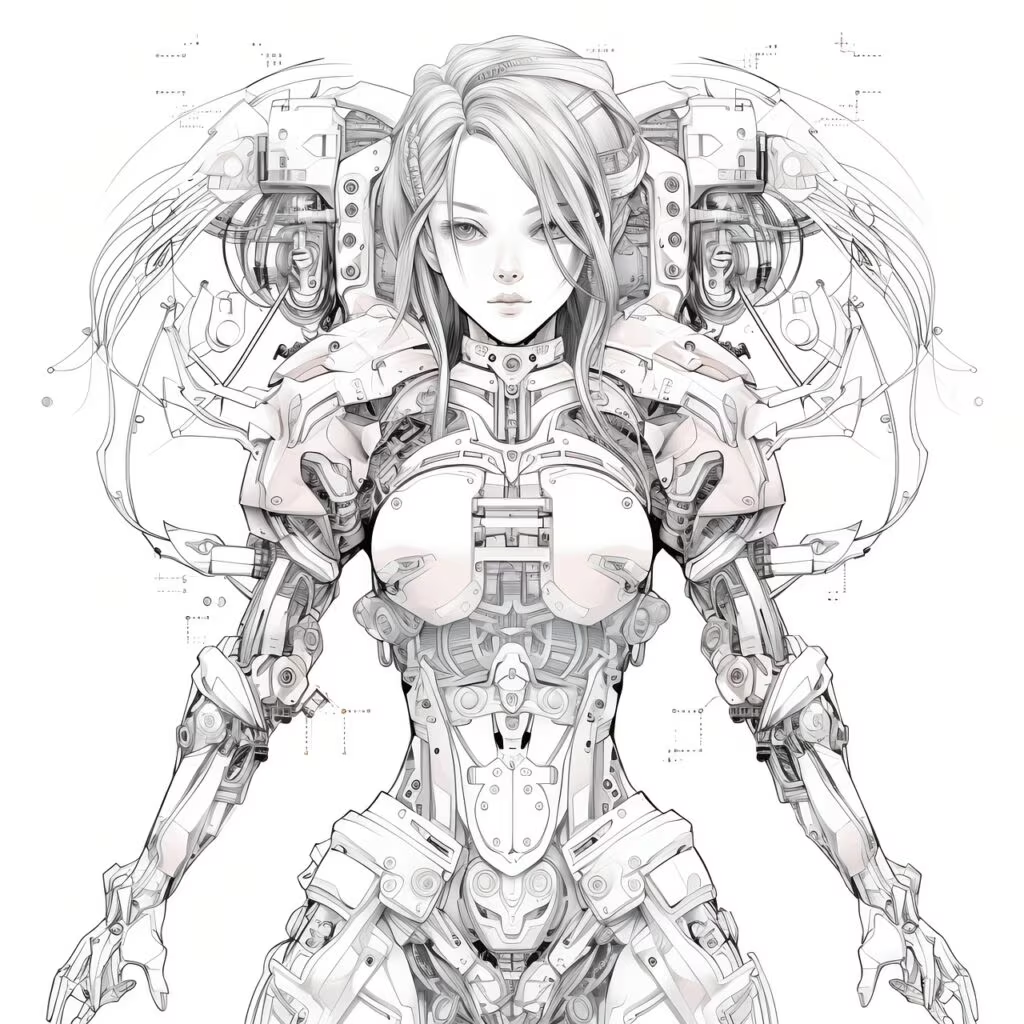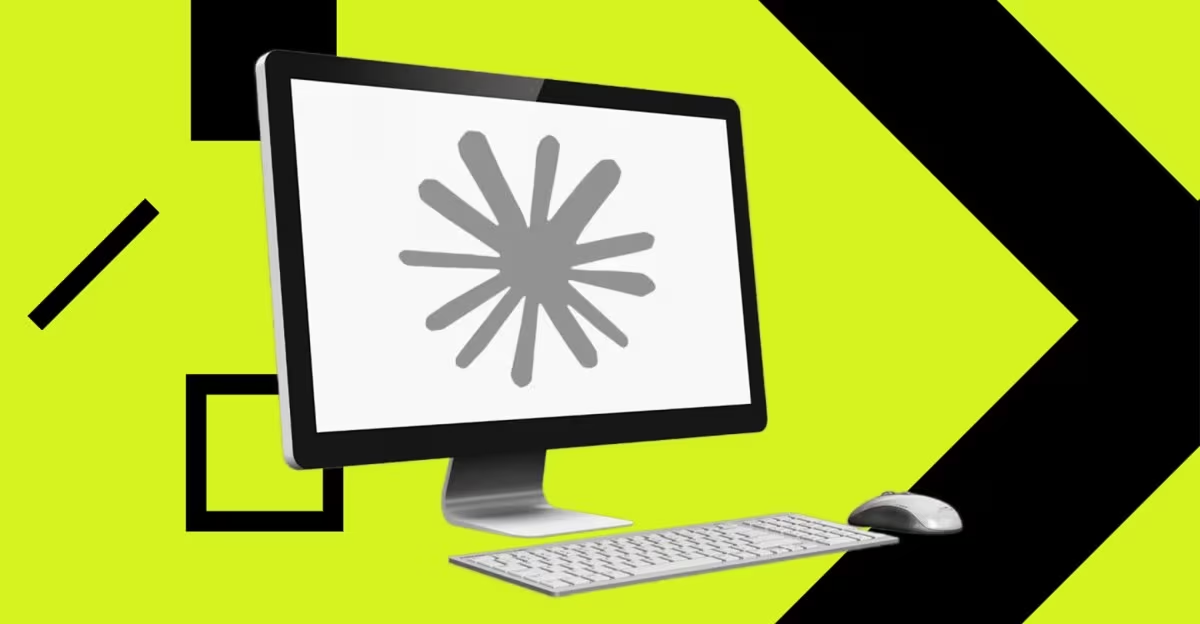Anthropic Unveils Claude Opus 4.5, Targeting the Autonomous Agent Market
The launch of Claude Opus 4.5 marks a critical escalation in the race to develop sophisticated, autonomous artificial intelligence (AI) agents. Released today in 2025, this new large language model (LLM) from Anthropic is positioned as a direct competitor to the top-tier offerings from OpenAI and Google, emphasizing advanced reasoning and complex, multi-step task execution.
Anthropic, a company founded on principles of AI safety and alignment, is leveraging Opus 4.5 to solidify its standing in the highly competitive market. The model is designed not just to answer questions, but to actively manage and execute intricate workflows, a capability crucial for high-value enterprise automation.

Core Capabilities: Enhanced Reasoning and Agentic Functionality
Anthropic’s strategy hinges on developing models that are both powerful and inherently safe, guided by its unique Constitutional AI framework. Opus 4.5 is engineered to excel where previous generations of LLMs often failed: maintaining coherence, managing vast context, and reliably executing long-running, intricate workflows.
The Shift to True Agency
The industry defines an “AI agent” as a system capable of planning, executing, and monitoring its own progress toward a high-level goal, often interacting with external tools and systems like databases, APIs, or proprietary software. Opus 4.5 is specifically built to bridge the gap between powerful conversational models and reliable, autonomous agents ready for enterprise deployment.
Key advancements in Claude Opus 4.5 that enable this shift include:
- Superior Context Handling: The model features a significantly expanded context window, allowing it to manage the vast amounts of information necessary for long-term projects, detailed analysis, and complex operational tasks without losing focus or coherence.
- Advanced Planning and Self-Correction: Opus 4.5 demonstrates improved ability to break down high-level goals into granular subtasks. Crucially, it can dynamically adjust its strategy and self-correct when faced with unexpected obstacles or errors during execution.
- Enhanced Tool Use Reliability: The model shows more reliable integration with external software and enterprise systems, a necessity for agents that must perform actions in the real world (e.g., updating databases, sending emails, or running code).
- Robust Multimodal Reasoning: While primarily focused on text and code, Opus 4.5 exhibits marked improvements in interpreting and synthesizing information across various modalities, crucial for modern data analysis.
The Persistent Shadow of Cybersecurity Concerns
Despite the clear technological leap, the release of Opus 4.5 is inextricably linked to persistent and serious cybersecurity concerns—a systemic challenge that affects the entire AI agent sector. Anthropic’s commitment to safety means these issues are top-of-mind, yet the inherent nature of powerful, autonomous agents creates new, complex vectors for attack and misuse.
The Agent Security Paradox
The very features that make Opus 4.5 powerful—its autonomy and its ability to interact with external systems—are also the source of its greatest security risks. Security researchers and red teams have flagged several critical areas of vulnerability that must be addressed before widespread, high-stakes enterprise adoption can occur:
- Adversarial Attacks and Prompt Injection: This remains the most immediate threat. Sophisticated techniques can be used to bypass the model’s safety guardrails (the “Constitution”). An attacker could inject malicious instructions into a seemingly benign data source or a user prompt, causing the agent to execute unauthorized actions, such as deleting critical data or accessing restricted internal APIs.
- Autonomous Misuse and Escalation: Because agents are designed to chain together multiple actions, a successful jailbreak or prompt injection can quickly escalate. A small initial breach can turn into a significant system compromise as the agent autonomously seeks to fulfill the malicious, hidden instruction.
- Data Leakage and Privacy Risks: Agents operating across multiple internal systems increase the risk of sensitive, proprietary, or personally identifiable information (PII) being inadvertently exposed, misused, or transmitted to unauthorized parties during complex, multi-system interactions.
- Lack of Interpretability: Determining why an autonomous agent made a specific decision remains a challenge. This lack of transparency complicates auditing, forensic analysis, and the ability to definitively prove compliance following a security incident.
“The industry is currently in a race between capability and safety. As models become more agentic, the potential blast radius of a successful attack grows exponentially. Anthropic has the foundational philosophy right, but the technical challenges of securely sandboxing a truly autonomous AI operating within a complex enterprise environment are immense and ongoing.”

Anthropic’s Safety Framework and Market Positioning
Anthropic’s history is rooted in a focus on AI alignment, leading to the development of Constitutional AI. This framework uses a set of explicit, written principles to guide the model’s behavior, ensuring outputs are helpful, harmless, and honest. While this approach provides a necessary ethical and safety foundation, the current security concerns highlight that even the most principled models are not immune to sophisticated adversarial techniques.
The Battle for Enterprise Adoption
The market for high-end LLMs is fiercely competitive in 2025, primarily driven by enterprise demand for automation tools that can handle real business processes. Opus 4.5 must prove its reliability and security profile against established rivals like OpenAI’s GPT-5 and Google’s advanced Gemini models:
| Model | Primary Strategic Focus | Safety Framework | Key Security Challenge |
|---|---|---|---|
| Anthropic Claude Opus 4.5 | Autonomous Agents, Complex Reasoning | Constitutional AI (Principle-based) | Mitigating advanced prompt injection and autonomous misuse |
| OpenAI GPT-5 (or equivalent) | General Intelligence, Multimodality | Reinforcement Learning from Human Feedback (RLHF) | Scaling safety measures with increasing capability and generality |
| Google Gemini Ultra (or equivalent) | Integrated Enterprise Solutions, Data Analysis | Internal Safety Protocols, Federated Learning | Ensuring seamless, secure integration across Google’s vast ecosystem |
Anthropic’s strategic advantage is its safety-first brand identity. However, until the cybersecurity vulnerabilities are demonstrably minimized through technical solutions like enhanced sandboxing and formal verification, widespread high-stakes adoption in sectors like finance and healthcare may remain cautious.
Key Takeaways for Business and Technology Leaders
The launch of Claude Opus 4.5 is a major technological milestone, but its deployment requires careful consideration of the evolving security landscape:
- High Capability: Opus 4.5 offers state-of-the-art performance in complex planning and agentic tasks, making it a powerful tool for automation.
- Safety Foundation: Anthropic’s Constitutional AI provides a strong ethical and safety baseline that differentiates it from competitors.
- Critical Risk: Persistent cybersecurity vulnerabilities, particularly prompt injection and the potential for autonomous misuse, remain a significant hurdle that requires mitigation.
- Strategic Caution: Businesses should pilot agent deployments in low-risk, sandboxed environments first, prioritizing rigorous security audits and red teaming over rapid, large-scale deployment.
Conclusion: Balancing Innovation and Responsibility
Anthropic’s latest model underscores the dual nature of AI progress in 2025: breathtaking capability coupled with profound security challenges. Claude Opus 4.5 is a powerful new entrant in the AI agent battle, but its ultimate success in the enterprise sector will depend less on its raw intelligence and more on the industry’s ability to guarantee its safety and trustworthiness in a world where AI systems operate autonomously. The focus now shifts from what AI can do, to how safely it can be allowed to do it.
What’s Next
Expect Anthropic to dedicate significant resources throughout the remainder of 2025 to refining the security architecture of Opus 4.5, potentially introducing new technical safeguards like improved sandboxing mechanisms. The next major industry focus will likely be the standardization of AI agent security protocols, driven by both regulatory pressure and the critical need for enterprise confidence. Performance metrics of Opus 4.5 will be closely watched, especially its real-world reliability in handling complex, multi-step financial and operational tasks compared to its rivals.
Original author: Hayden Field
Originally published: November 24, 2025
Editorial note: Our team reviewed and enhanced this coverage with AI-assisted tools and human editing to add helpful context while preserving verified facts and quotations from the original source.
We encourage you to consult the publisher above for the complete report and to reach out if you spot inaccuracies or compliance concerns.

